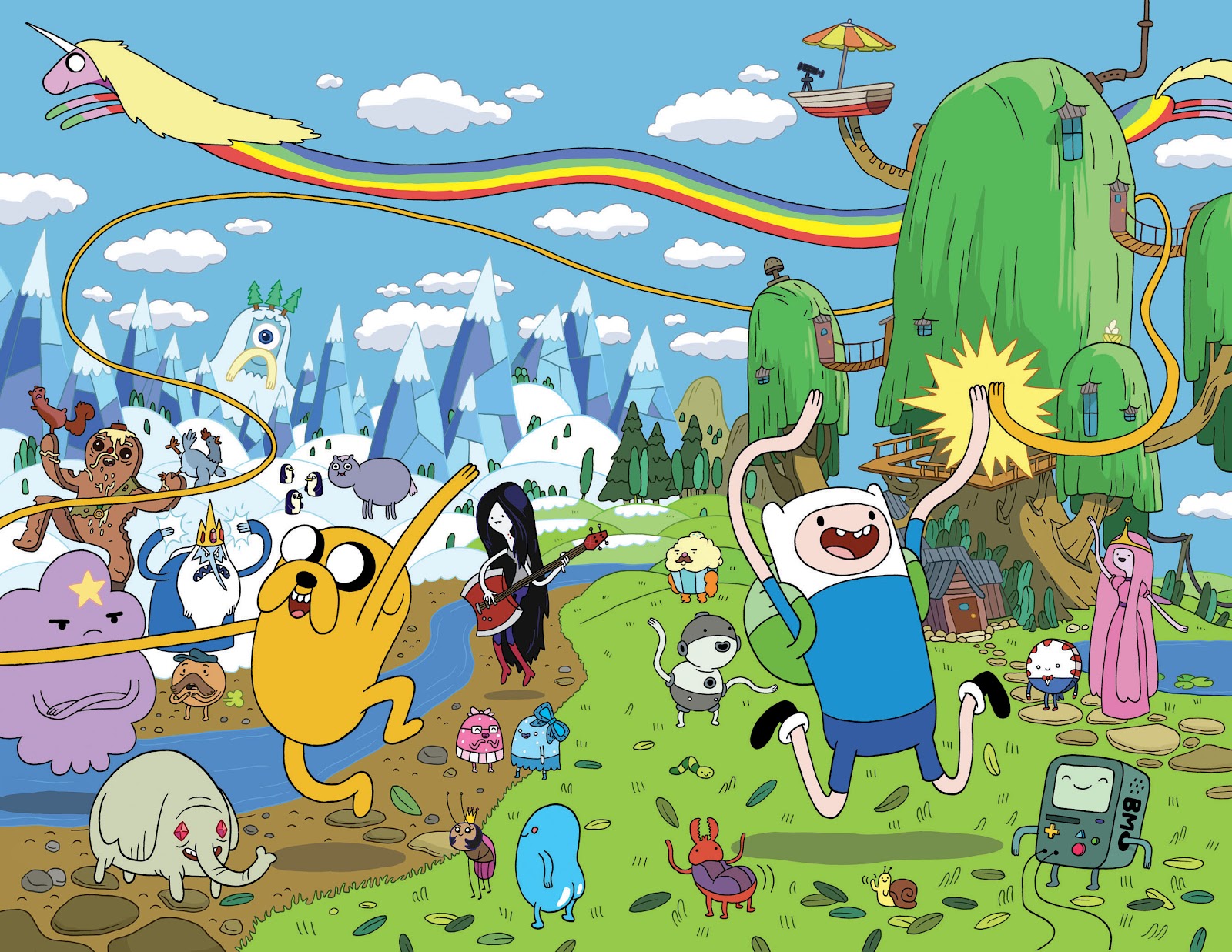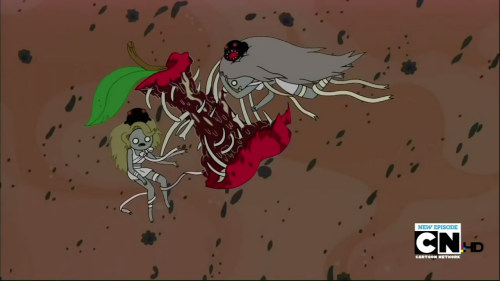"According to usage and conventions, which are at last being questioned but have by no means been overcome - men act and women appear. Men look at women. Women watch themselves being looked at" (Berger 1972)
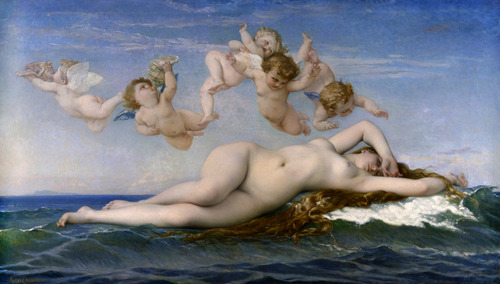
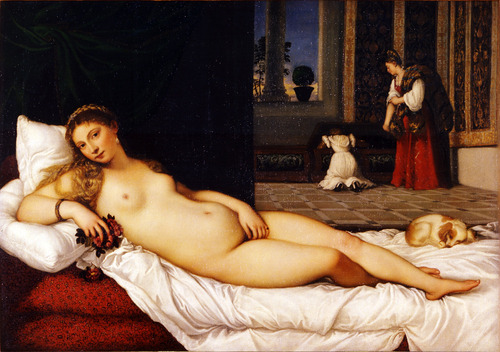
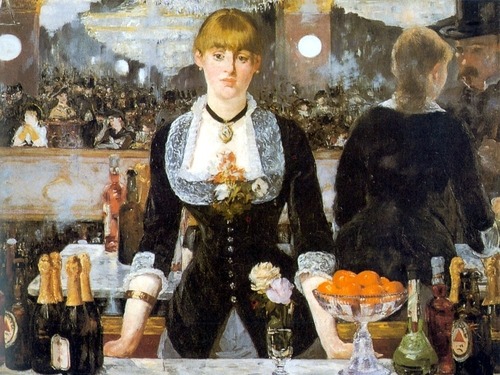
The “gaze” is a theory that describes how genders are stereotypically depicted by all forms of media. Women have been depicted as images to gaze at for centuries, and early works such as The Birth of Venus (1) are examples of this, because the central focus of the image is Venus, shown in a pose that gives the viewer permission to look at her body, and she is depicted resting and looking away from the audience.
Venus of Urbino (2) depicts a woman resting in her personal environment and watches the viewer provocatively, meaning she knows the audience is watching her but lets them do so. The overall depiction of women in art are shown as nude grown up wealthy/holy women. Bar at the Folies Bergeres (3) explores the viewpoints of art, by placing a woman at a bar simply standing there waiting to take an order, with a mirror behind her showing her backside and a supposed image of the viewer watching her. The setting of the image is realistic but it destroys the concept of perspective by using the mirror behind the woman to show her at a different angle, which would otherwise not be there. It almost seems like the art is conspiring with the viewer to let us look at this regular woman from different angles.
Venus of Urbino (2) depicts a woman resting in her personal environment and watches the viewer provocatively, meaning she knows the audience is watching her but lets them do so. The overall depiction of women in art are shown as nude grown up wealthy/holy women. Bar at the Folies Bergeres (3) explores the viewpoints of art, by placing a woman at a bar simply standing there waiting to take an order, with a mirror behind her showing her backside and a supposed image of the viewer watching her. The setting of the image is realistic but it destroys the concept of perspective by using the mirror behind the woman to show her at a different angle, which would otherwise not be there. It almost seems like the art is conspiring with the viewer to let us look at this regular woman from different angles.
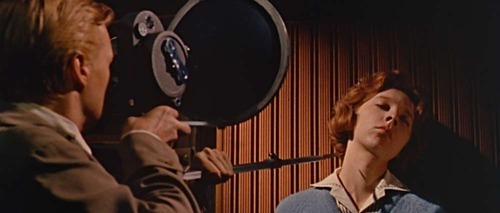
Contemporary media today takes advantage of the male gaze for advertising, using primarily nude models for billboards, magazine ads, etc. The film Peeping Tom (4) depicts objectification in a more sinister manner. It shows how objectification of female bodies affects real life female bodies, and shows the consequences of how that’s exploited in media.

The gaze does not just refer to women, though. There are plenty of images in which men are objectified by media. Dolce & Gabbana (5) have made ad campaigns for underwear. It’s just not as heavy an issue, so to speak, for males. Audiences mainly identify with women as sexual objects, as opposed to men. There are obviously times where that’s not the case but in no way does that actually change anything.
Women are historically marginalised in art history by men, and this has led to women to typically be marginalised today.
Women are historically marginalised in art history by men, and this has led to women to typically be marginalised today.
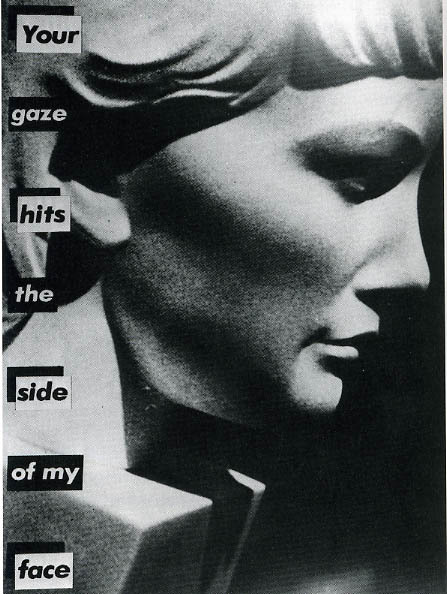
Barbara Kruger’s Your Gaze Hits the Side of my Face (6) is an image of a statue of a woman’s face with the quote, used for the title, in a similar manner to Peeping Tom, by conveying it in a violent manner, and showing that there are real-life consequences to it.
Reality television is an example of the gaze, by giving the audience permission to watch people just talking to each other in their private space and judging their actions. It’s basically giving people this power of voyeurism in a way.
There have been plenty of campaigns speaking against objectification towards women in media, like the recent “Shut Down Page 3” campaign. Just like any other feminist campaign it ended up causing tonnes of abuse towards the campaign holders through social media.
Another common example of the gaze is the recent nude celebrity photo leaks of 2014, wherein many female celebrities (and like one dude) had nude photos leaked on the internet by people hacking cloud-based data storage.
The gaze affects male and female teenagers mainly, actually, solely due to online posts that supposedly want to relate to people insecure about their bodies, but only encourage the idea that you should worry about how you look and that objectification is something you should conform to.
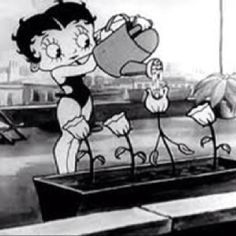
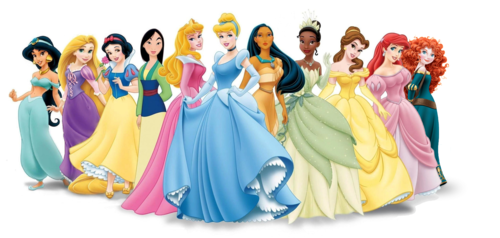
The gaze, overall, affects all forms of media today, movies, television, video games, magazines, art, etc. In terms of animation, it’s not really any different.Betty Boop (7) is a famous example, dating back to the 1920s. While the shorts she starred in were surreal and humourous by nature, there are still several times throughout her shorts (films, I mean, films) where the audience is given power to gaze at her. She was a memorable character that essentially set a standard for the female role in animation. Disney princesses (8), while not exactly conforming to male gaze, were designed in a manner that would make them pretty looking for audiences, even if that meant completely changing the character’s age, race, and personality from the film’s source material. Again, it’s not gaze material, but it does conform to trope of making female characters pretty so that they appeal to people more.
So the gaze has affected the media for centuries now and it has basically gotten to the point where it’s a social standard to objectify and overall give characters and people the model look to gaze at. I personally believe that there’s no changing that because humans as a species feel that empowered when given the opportunity to gaze, and that’s why it’s still happening.
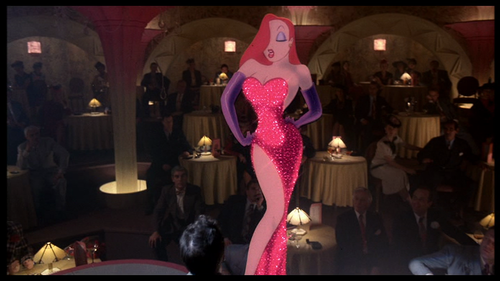
That’s also why it’s good for designers and writers to compromise creatively when characters are designed to be sexy. Jessica Rabbit (9) is another famous animated example. It’s pretty much deliberately over-the-top how sexualised she is, and I say that because while she is of course a sexy character, her design is also extremely disproportionate, with so much emphasis on her legs and bust that her waist is tiny and her legs are freaking tall. It’s seemingly a parody of the typical look given to female characters. Jessica Rabbit is also a pretty strong character, using her sexuality as a weapon most of the time. There’s also the fact the characters that harass her are all punished for it, while Roger Rabbit, the one who’s the most respectful towards her, is actually the one she loves, which I interpret as a moral to respect women, or anyone really, as humans and not just objects.
So I’m personally not against the gaze, I feel like that’s just a word that combines sexualisation and objectification, which I feel are two entirely different things. Sexualisation is acknowledging someone as sexy whilst still treating them as people, whereas objectification is simply treating a person as something to look at and use (like an object). A well-rounded character with sexual traits is far more appealing and respectful than a bland character with a nice body.


